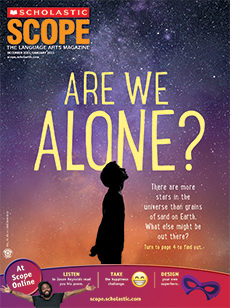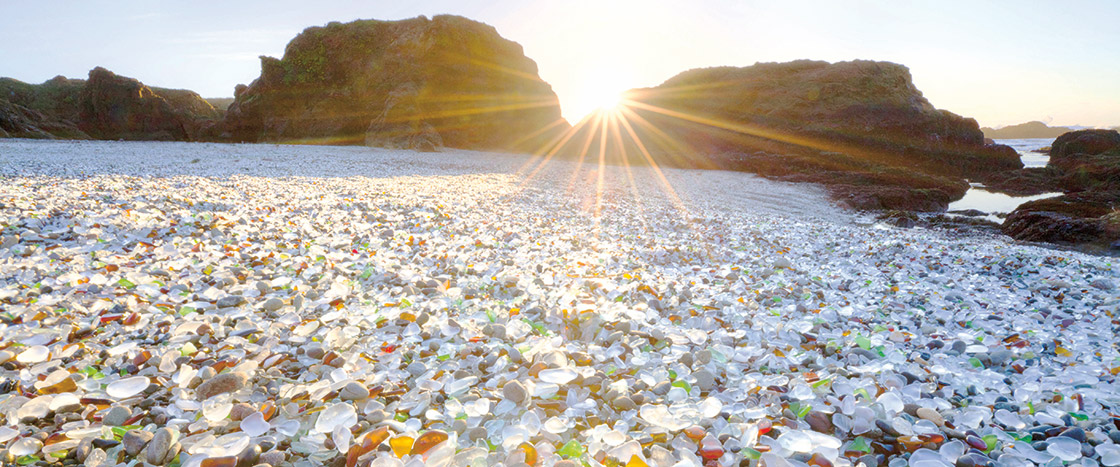Today, the idea of dumping your trash on a beach is unthinkable—and illegal in many places. But a century ago, tossing garbage into the ocean or other bodies of water was common practice. In Fort Bragg, people dumped their cracked dishes on the beach. They dumped their busted radios on the beach. They dumped their rusty car parts on the beach. They even left whole cars.
In time, people came to understand that dumping garbage on beaches harms marine plants and animals. In the 1960s, Fort Bragg put a stop to the dumping and began the job of cleaning up. Metal scraps and damaged stoves were hauled away. But hunks of glass were left behind.
Over the next few decades, the Pacific Ocean tossed and tumbled the broken bottles and dishes, then put them back on the shore. Sand rounded off sharp edges and wore the glass down into frosted chunks. By the 1980s, thousands of smooth, colorful pieces of glass covered the beach.
It can take many years for the ocean to turn old glass bottles into what is known as sea glass, and it can happen only under certain conditions. That means sea glass can be hard to find. It’s even more rare to find beaches like Glass Beach, as it’s now called, that are completely covered in smooth, frosted glass.

